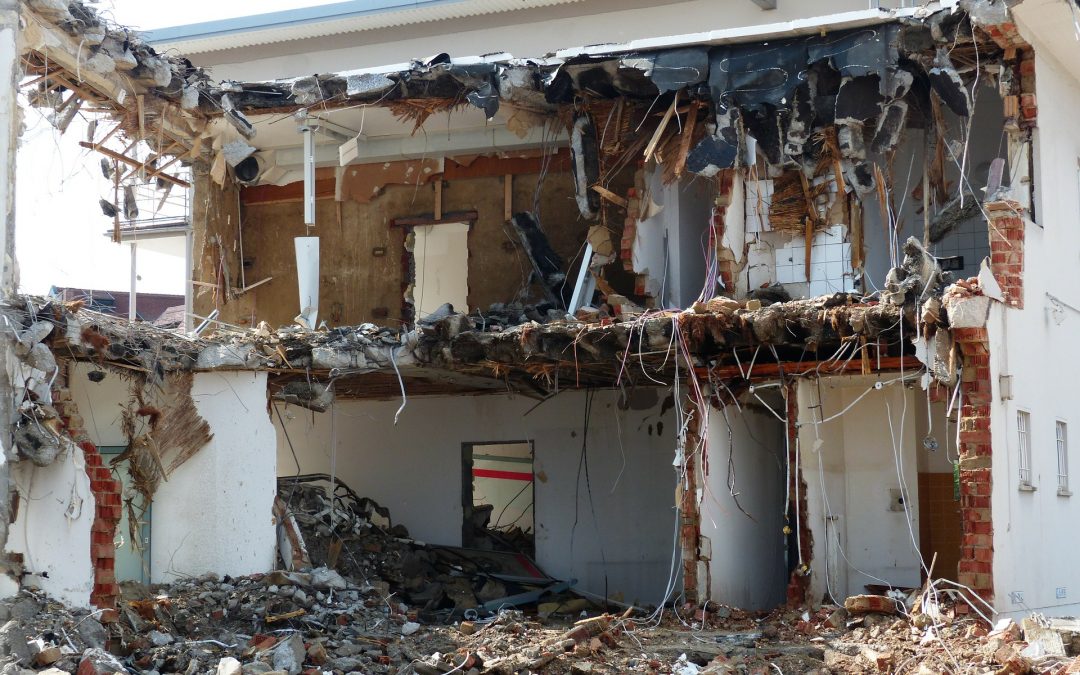Whether you have just bought a plot of land with a run-down dwelling, or are considering a total overhaul of your Central Coast property, demolition is a huge undertaking. If you’re reading this, we’re sure you have already begun to go through the pros and cons of demolition.
We’ve written quite a lot about demolition versus renovation in the context of asbestos removal before, but we thought this post should cover the whole process of demolishing a building. You should read this before deciding to demolish.
1. You need to get planning permission
Your paperwork needs to be in order. Depending on the size, legacy, or position of your building, you may need permission from the council. We will be able to advise you on what paperwork and permissions are needed.
2. First, a building survey
One of the first things we (or any good company will do) before demolition is a thorough building survey. During this process, experts examine the characteristics of your building, such as materials, building function, construction type, condition, drainage conditions, traffic conditions, building codes, and location. A thorough building survey helps plan the next steps.
3. Don’t forget trees and vegetation
Any trees and vegetation on your property that may be affected by the demolition will need to be considered. Depending on the tree species, you may need to notify the council.
4. Are your electricity, water, and gas turned off?
You will need to notify your utility providers and pause services for the duration of the demotion.
5. Is there asbestos present?
During the building survey, About The House will look for asbestos. As we have discussed many times before, even a small amount of asbestos can be very dangerous if damaged. It needs to be removed very carefully. Because of the inherent messiness of a demolition, ensuring any asbestos fibres don’t become airborne is paramount.
6. Keep your neighbours in the loop
Building demolitions are messy and noisy. Be sure to warn your neighbours and give them your contact number to avoid any conflict.
7. Partially attached dwellings need to be protected
In many cases, complete demolition is not wanted or needed. If you have a part of your dwelling that you want to preserve, your demotion will need to be completed carefully and precisely to avoid any unnecessary damage.
8. Disposing of materials safely
When your demotion is complete, safe and environmentally conscious disposal of the materials is paramount. Oftentimes, building components and materials can be reused.
While safe disposal is obvious in the case of dangerous or toxic materials like asbestos, all materials should be disposed of carefully and professionally.
We are demolition experts and have performed many partial and total demolitions throughout the Central Coast. If you’re planning a demolition, or perhaps are still not sure whether demolition is right for you, get in touch with one of our experts for some advice.
